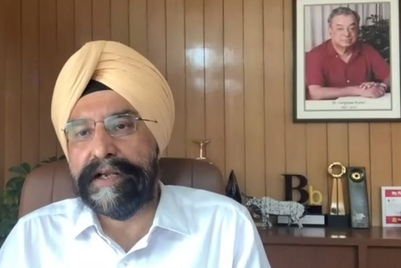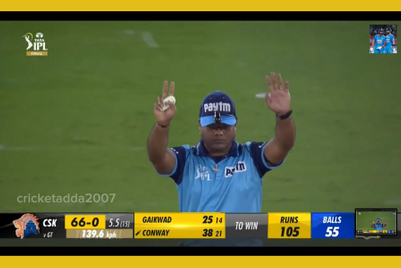Nearly a decade after Amul released its 'Mero gaam kathaparey’ advertisement, Draftfcb Ulka has recreated the magic of ‘Manthan’ for a new TVC. The new film emphasises on a woman's contribution towards creating a healthier lifestyle for the society in general and aims at establishing the bond between the milk producer and consumer.
In the old Manthan TVC, a folk song plays to clips from Shyam Benegal’s classic national award-winning movie ‘Manthan’. It talked about the economic hardships rural women in India faced after independence and how a new co-operative called Amul was formed to help them, and the film showcases how Amul has grown to become Asia's biggest dairy company, and is still owned by these farmers.
The new TVC is more about how this independent rural woman's life has enriched further and now she is walking shoulder to shoulder with her urban counterpart. Even when it comes to technology, she is highly competent - from handling the automatic milking equipment to operating computers for billing at the village dairy societies.
“We had done this ad almost a decade back capturing the essence of the Amul co-operative moment in India and how it was helping the rural women. The new TVC is an extension of the first one. While, the first one was just limited to the rural picture, in this one we have told the whole journey. Right from the milk collection, processing to delivery to the urban homes,” says Nitin Karkare, chief executive officer, Draftfcb Ulka.
Commenting about the thought behind the reviving the old track for the new film, R S Sodhi, managing director, GCMMF explained, “If you see the ad, we are not promoting any of our products, and rather we are talking about the whole moment. The tvc is about connecting rural India with urban India. It talks about how a mother from rural India is persevering to bring high nutritional milk to the urban homes and feels a great deal of respect and pride in it.”
To depict this, a new line 'mere gaon ki doodh roti, khush rahe tere beta beti' has been added to the lyrics of the old folk song.
Watch the old TVC here
The new campaign is being aired on all major general entertainment, news, music, kids, and regional television channels from 22 October 2011. The TVC has been supported by a full-page advertisement in today’s Times of India and will be followed with other print and OOH campaigns.
Credits:



.jpg&h=334&w=500&q=100&v=20250320&c=1)


.jpg&h=334&w=500&q=100&v=20250320&c=1)



.jpg&h=334&w=500&q=100&v=20250320&c=1)






.jpg&h=268&w=401&q=100&v=20250320&c=1)
.jpg&h=268&w=401&q=100&v=20250320&c=1)

